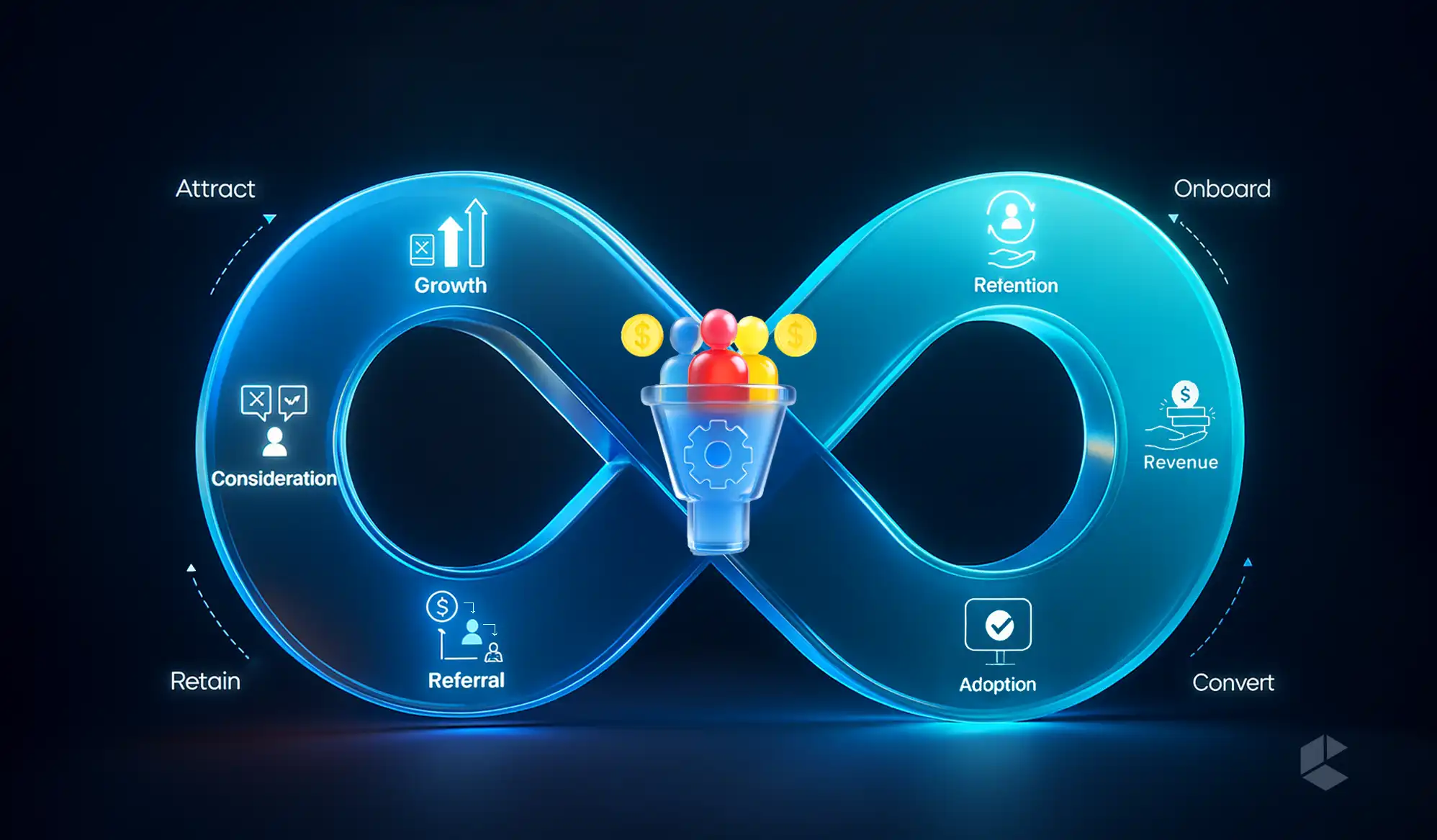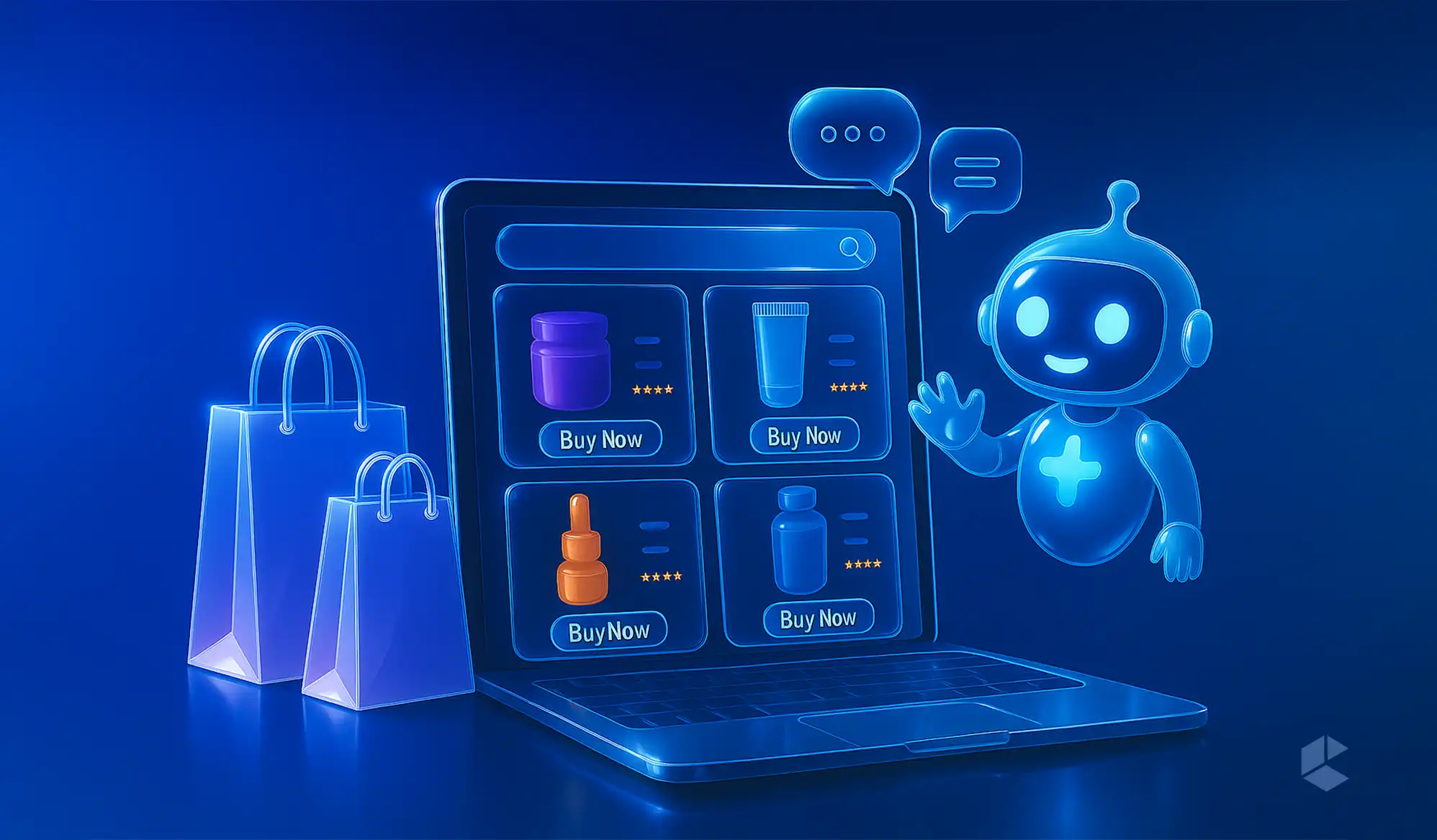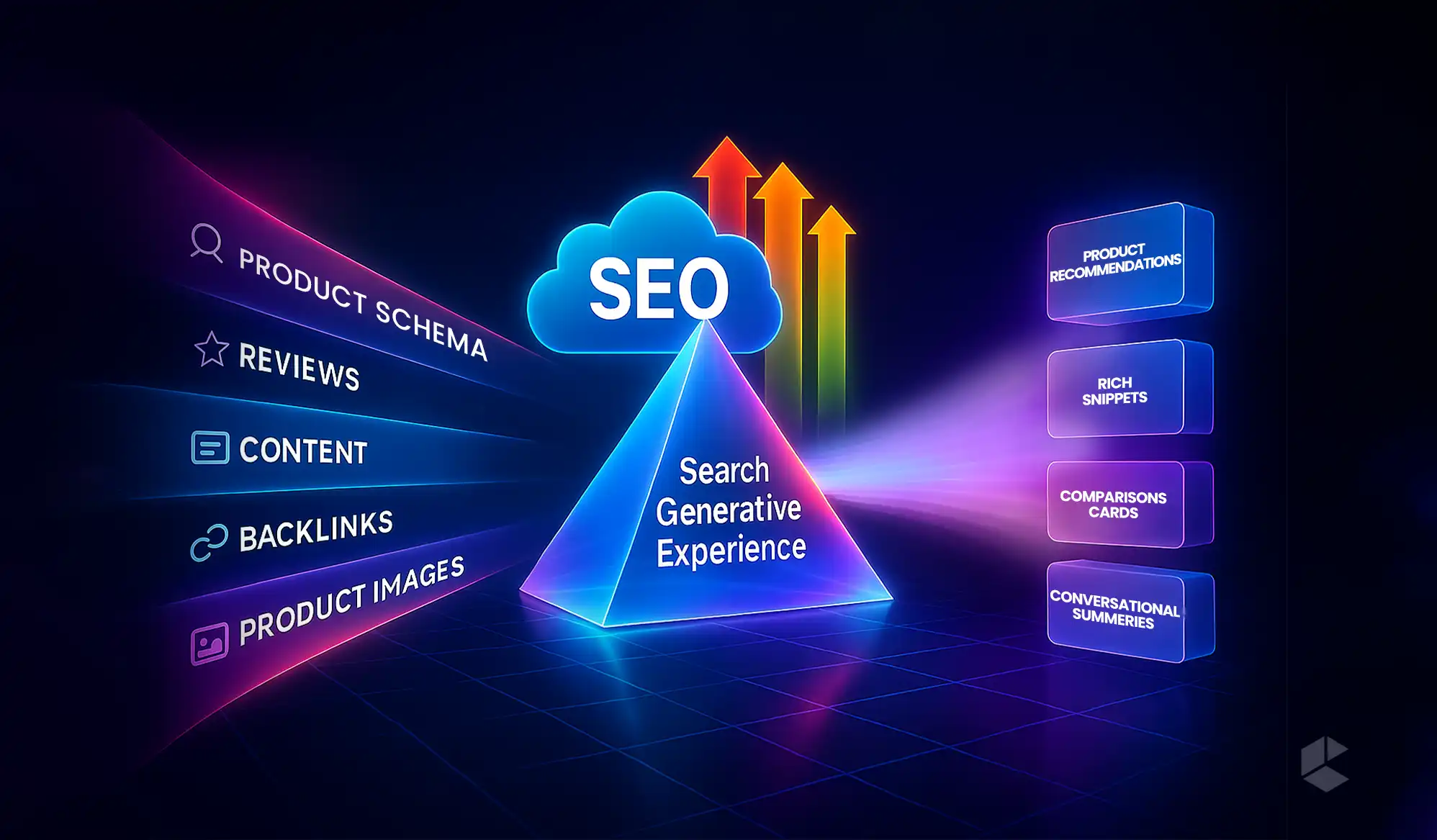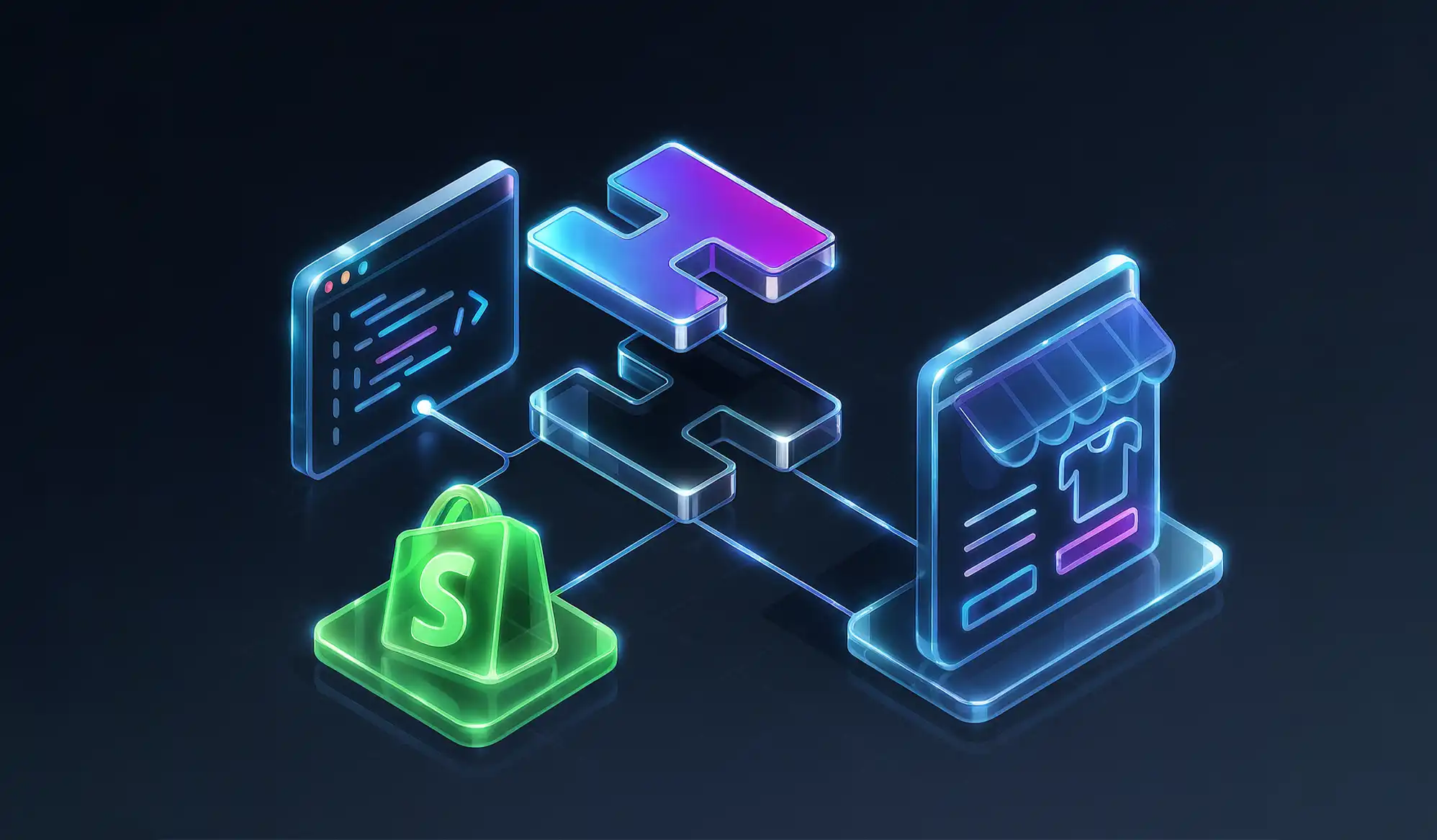- Customers nowadays demand fast and high performing online stores.
- Brands can improve the user experience of the stores with efficient frontends.
- Headless storefronts are frontend interfaces that are built independently of the backend system.
- These storefronts help brands use modern frameworks like React and launch consistent experiences across web, mobile, and other digital channels.
- Akinon simplifies headless storefront development through its tools, like Project Zero (Next.js-based frontend SDK).
- Project Zero provides pre-built components and CLI tools to accelerate development and customization.
Online stores are sprouting up like mushrooms. Every day, there’s a new one in sight. So, in a competitive situation like this, simply having an online store is not enough. Your store needs to be unique and engaging, and should convince the customer to come back often. And the secret to it is not only what your store sells but also how your store sells. To truly stand out, your store must deliver an exceptional user experience. It should be fast, intuitive, and visually appealing across every device.
That starts with a well-developed frontend!
But here is the problem. When your entire platform, that is, front to back, is built on a single monolithic system, customization becomes limited. You might find yourself restricted in design, speed, and the flexibility to innovate. This is the reason why many modern brands are switching to the headless approach, where the frontend is decoupled from the backend. This approach gives you complete creative freedom to personalize your storefront while the backend takes care of business logic, orders, inventory, and more.
This blog gives you a detailed overview of headless storefronts and how you can build one with Akinon.
What are Headless Storefronts?
A headless storefront refers to the frontend (what the customer sees and interacts with) in a headless commerce architecture, where the frontend is decoupled (i.e., built and managed separately) from the backend systems (like product catalog, checkout logic, CMS, and order management). In simple terms, it is a frontend interface built independently of the backend commerce engine.
With a system like this, brands can use modern frameworks like React and launch consistent experiences across web, mobile, and other digital channels. They can even customize the user experience freely, without backend limitations. And let’s not forget about the site speed, performance, and SEO, which all improve with a well-optimized, decoupled frontend.
Basically, by going headless, brands can separate concerns. That is, any problem in the backend will not affect the frontend.
Now that we’ve understood what headless storefronts are and why they matter, let’s explore how Akinon helps you build one.
Building Headless Storefronts with Akinon
Though building a headless storefront generally feels very complex, it is not that difficult if you have Akinon with you. With Akinon, you don’t have to build everything from scratch as it offers a customizable frontend framework, efficient backend systems, and ready-to-use APIs.This way, you can build fast, even while having complete design control and user experience control.
Let’s understand the process in more detail.
One thing you need to understand is that before building your storefront, you need to set up everything that powers it, like your product list, prices, categories, and payment methods. This is done in Akinon’s backend system called Omnitron.
There you can add your products and assign them to categories (like “Men’s Clothing”, “Furniture”, etc.), set up prices, discounts, and tax rules, add stock locations (like warehouses or stores), set up payment methods and shipping options, and connect to external systems (like ERP or OMS) if needed. Everything you configure there will later be accessed through APIs to display in your frontend.
Once your backend is set up and all your store data (products, pricing, categories, etc.) is ready in Akinon’s Omnitron platform, you can now focus on building your frontend, the part customers interact with.
Akinon provides Project Zero, a Next.js based storefront SDK. It helps you build beautiful, fast, and customizable storefronts without starting from scratch.
Basic Setup
1. To begin, it is recommended to use yarn as the package manager. For macOS users, Homebrew can be used for installation, and for non-MacOS users, npm can be used for a global installation
# For macOS users
brew install yarn
# For non-mac users
npm i -g yarn
2. Once yarn is installed, you can scaffold your storefront project using Akinon’s projectzero CLI.
npx @akinon/projectzero@latest –create
3. After that, provide information like Brand name, Project description, and Commerce URL. The first one is compulsory and the other two are optional.
4. Now you can navigate to the project folder.
Development
You can run the command, yarn dev, to start the development server. This will initiate the development environment for the headless storefront.
Production
The following command can be added to build and run the production version.
yarn build
yarn start
Customizing Your Storefront
With Project Zero, you’re not locked into a default layout. You can:
- Modify or replace components like ProductList, Header, Cart, etc.
- Use styling libraries like Tailwind CSS or SCSS
- Add custom JavaScript logic for interactions
- Integrate your own design system or third-party UI kits
You can even override templates and inject new layouts depending on your route or page needs.
Static Assets & SEO Management
Static assets like images, logos, and banners are stored in the folder called public, in the root directory.
For example, the file public/avatars/me.png can be viewed by visiting the /avatars/me.png path. The code to display that image might look like:
import Image from ‘next/image’
export function Avatar({ id, alt }) {
return <Image src={`/avatars/${id}.png`} alt={alt} width=”64″ height=”64″ />
}
export function AvatarOfMe() {
return <Avatar id=”me” alt=”A portrait of me” />
}
Use Next.js’s <Head> component to manage SEO, Open Graph, and meta tags:
import Head from ‘next/head’;
<Head>
<title>Shop XYZ – Premium Furniture</title>
<meta name=”description” content=”Modern and stylish furniture for every room.” />
</Head>
These features ensure your storefront performs well in search engines and social platforms.
Plugins
You can extend the functionality of Project Zero with plugins that offer additional features like payment options, checkout enhancements, and customer experience improvements. For you to access and manage plugins in your Project Zero CLI, you will have to run the following command:
npx @akinon/projectzero@latest –plugins
On doing this, you will get a list of available plugins. The selected plugins will be added to the project and will be ready for use, and the unchecked plugins will be removed from the project. Akinon Next, Akifast, Apple Pay, and Basket Gift Pack are some of the available plugins.
Deployment
The first thing you have to take note of is that you have added the following variables to your application before your first deployment.
NEXT_PUBLIC_URL
NEXTAUTH_URL
NEXTAUTH_SECRET
CACHE_SECRET
Also, you have to add a remote repository for deploying your application to ACC. You can get the URL of the remote repository from the ACC dashboard. The command you have to add is as follows:
git remote add acc <acc-repository-url>
You will also have to create a tag within your repository. The command you have to add for this is as follows:
git tag <tag-name>
After that, push the tag to the remote repository.
git push acc <tag-name>
Now, navigate to My Applications > {Your Application} > Builds. Tap on the Build button. Type in the tag name created in the previous step and click the Build button.
Now that you have successfully completed the build, you can initiate the deployment by providing the same tag name and clicking the Deploy button.
Conclusion
Building headless storefronts is not a headache if you have Akinon with you. With its customizable frontend SDK and robust plugin ecosystem, Akinon makes it easy to create storefronts that are fast, flexible, and truly customer centric. No matter what you’re aiming for, whether it’s faster performance, more design flexibility, or easy integrations, Akinon provides the foundation to build a storefront that stands out and drives results.
FAQs
Headless storefronts are the frontend interface that is built independently of the backend system. With a system like this, brands can use modern frameworks like React and launch consistent experiences across web, mobile, and other digital channels.
Headless storefronts offer you more creative freedom compared to traditional monolithic systems. You can design your frontend without being limited by backend constraints, and this leads to a better user experience and easier multi-channel delivery.
Yes. Akinon supports API based integrations with various third-party systems like ERP, CRM, payment gateways, and shipping providers. Its modular architecture and plugin system make it easy to extend your storefront’s functionality as your business grows.
Absolutely. Akinon is built to support enterprise-grade eCommerce needs, including multi-store management, complex pricing rules, high traffic scalability, and integrations with legacy systems. Its infrastructure and tools are designed to handle large catalogs, global expansion, and customized customer journeys.
Going headless with Akinon significantly improves site speed because the frontend is built using modern frameworks like Next.js, which support server-side rendering (SSR) and static site generation (SSG). These features make your storefront faster and also enhance SEO performance, helping your store rank better on search engines and deliver smoother user experiences.









